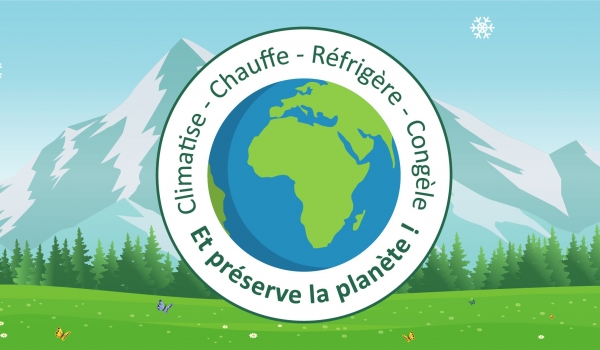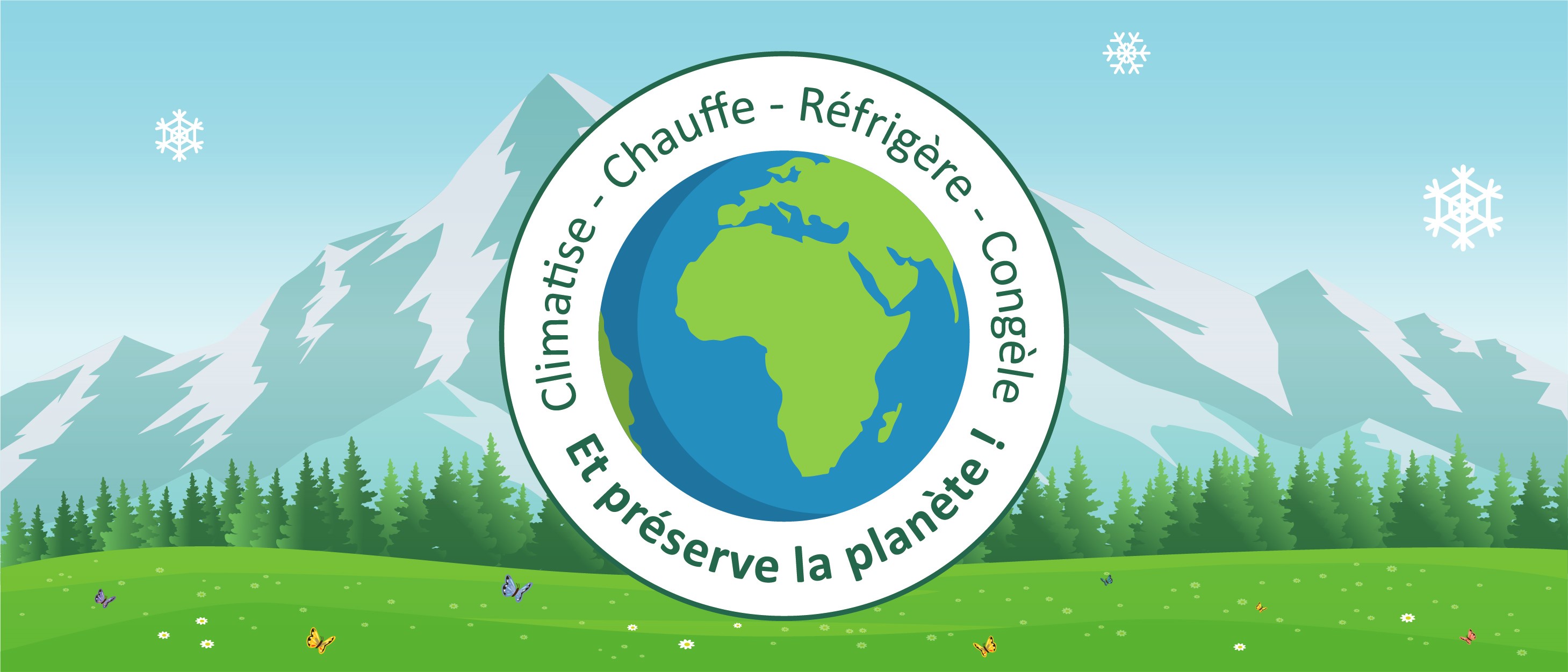Refrigeration & Air Conditioning- emergency upon new eco-responsible refrigerants
Since the Montreal Protocol, on the limitation and then the ban on the production of greenhouse gases, reinforced by the Kigali Amendment, the Refrigeration & Air Conditioning sector has embarked on a transformation. Today, new eco-responsible refrigerants have entered the fray. However, these are flammable.
Africa remains the continent that pollutes the least. With the entry on the market of new refrigerants, which are not harmful to the ozone layer, unlike the CFCs which were used until very recently, hope is reborn. Recently invited to the ASHRAE Forum (American Society of Heating, Refrigerating and Air-Conditioning Engineers) in the United States of America, Madi Sakandé, President of U-3ARC, drew attention to the fact that this continent, which pollutes the least, or taken as a testing ground, as a guinea pig to test new refrigerants which are certainly environmentally friendly but which are dangerous because they are flammable. Note that an agenda has imposed the elimination of the use of CFCs (chlorofluorocarbons), halons and any other synthetic ODC. For example, for HCFC gases, the consumption freeze was set for January 1, 1996; the production freeze in 2004; and complete elimination by January 1, 2030 (See Box).


Strongly support, training and awareness
The appeal, which he launched from the United States at the last ASHRAE Forum, revolves around the training of technicians, the awareness of users and public decision-makers, but also and above all the support of actors. These new refrigerants are flammable. In the event of a gas leak emanating from a device that is powered by it, all it takes is the spark of a lighter, the triggering of the button of a light bulb, the manipulation of a mobile phone to create explosions.
Admittedly, the cold helps to be self-sufficient in terms of food, in the sense that it helps to conserve agricultural resources in the broad sense, therefore including those of fishing and livestock. Although energy-intensive, this sector, which swallows up 20% of the world's electricity production - which is far from being the case in Africa - could cause disasters in its air conditioning component, still the most used on the continent, in the absence of support for decision-makers, training of sworn experts from international bodies and other equipment manufacturers.
Box: Montreal Protocol
The Montreal Protocol is an international agreement to halve substances that deplete the ozone layer. It was signed by 24 countries and by the European Economic Community in September 1987. It requires the elimination of the use of CFCs (chlorofluorocarbons), halons and all other synthetic ODCs.
The phase-out schedule initially planned for developed countries is as follows (subject to authorized essential uses):
* halons: complete phase-out by January 1, 1994;
* chlorofluorocarbons (CFCs), HBFCs, methyl chloroform, carbon tetrachloride: complete elimination by January 1, 1996;
* hydrochlorofluorocarbons (HCFCs): Consumption freeze by January 1, 1996; production freeze by 2004; complete elimination by January 1, 2030;
* methyl bromide: freeze by January 1, 1995; complete phase-out by January 1, 2005 and annual consumption report;
* ban on the production and consumption of bromochloromethane as of January 1, 2002. (Developing countries have, on average, a grace period of 10 to 15 years to comply with these targets.)
Box: Kigali Amendment to the Montreal Protocol
The Amendment to the Montreal Protocol, relating to substances that deplete the ozone layer, was signed in Kigali on October 15, 2016, entered into force on January 1, 2019, in accordance with article IV, paragraphs 1 and 2 , except for the changes to Article 4 of the Protocol contained in Article I of the Amendment which will enter into force on 1 January 2033. After its entry into force as provided for in paragraphs 1 and 2 of Article IV, the Amendment shall enter into force for any other Party to the Protocol on the ninetieth day after the date of deposit of its instrument of ratification, acceptance or approval.
